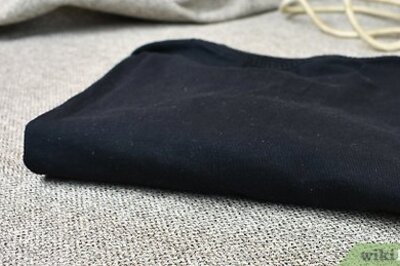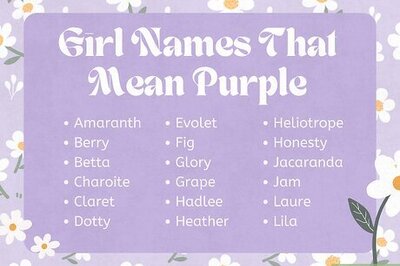
views
CHENNAI: Vivid, diverse, firm or supple… an art work showcases one’s creativity and hard work. The artisans may track unusual traditions, but their receptivity unites them. ‘Expressions’, an exhibition of paintings, sculptures and drawings, reveals six artists’ various traditional approaches to art in a poise way.“It is all about the findings that we have had in our lives,” says M Rama Suresh, who is inspired by intrinsic customs and fading practices in Indian culture.His two paintings and eight drawings have red colour in common. The artist says he has used red to highlight the significance in his work.Rama Suresh relates the red with blood and heart beat. Talking on red and white colours, he correlates both with red and white corpuscles in the human body. “I travel a lot. I love to observe different traditions that I see and bring them into my works.” says Rama Suresh. “My sketches aim at creating temptation in the viewers that makes them to touch and feel.” His last visit to Mysore Palace had given him ideas to draw the figurative. Having a liking towards North Indians style of dressing, he has brought out what he has observed. He has used knife, roller and thumbs to give a textural finishing to his works. Most of his sketches show people from the back and Rama Suresh thinks he gives identity to the unknown people even though they are not exposed.S Mohan Sundaram takes couplets from Thirukkural’s Inbathu Paal, and portrays those in his paintings. The artist says he has been doing the series for quite a long time as it yields good response. “Life and love are inseparable; every action by a married couple brings intimacy,” says Mohan.“Though it is puzzling to dive in depth, an intuition of harmony comes finally,” he explains.Mohan is keen on his drawing strengths and stresses its importance of being visible to others.Travelling through human anatomy, his acrylic on canvas and other sketches show the trivial yet important things such as Pacchai kutthal, Thirumangalyam, Thaayathu, and Kumkum, reminiscing the unforgotten and stereotypic practices.SP Kotteswaran has shown puppetry on canvas.The dramatically created silhouettes behind the screens are his inspiration.In puppetry, the beauty of leather characters reflects brilliantly outside through invisible holes. Similarly, he has brought the ambience in his canvas with acute craftsmanship and professionalism.He has depicted Hanuman, Rama, Ravana, Aswamedayagam, and Sita from the Ramayana in his works. It would have been better if the works are shown as a series, instead of separating them.TJ Thiyagarajan’s superb handling of stone carving, sheet metal and reverse welding concentrates on life and nature. He finds beauty in insignificant things and absorbs art flow from expressions. His Krishna sculpture forms base from a tree-like structure with leaves as his hands and roots as the deity’s legs.The artist says he applies art in life to make it real.His two Ganesha sculptures have blunt edges. The deity’s body parts are not that visible, though they looks natural. Thiyagarajan admires stone sculptures as these are deep-rooted in culture. His mother and child figurine shows a sense of belongingness.S Sivabalan’s simple and multi-hued strokes reflect his spontaneity for realism.His portrayals recall the rural scene that’s serene and sustainable. NS Manoharan’s goat series are selfexplanatory.Trust and faith are symbolised with goats.His water colour strokes and lines in charcoal lucidly illustrate Manohar’s penchant for artistic confidence.Paradoxically, his signature also has a goat form that is intriguing.(The exhibition is on till August 18 at DakshinaChitra.For details, call 27472603)















Comments
0 comment